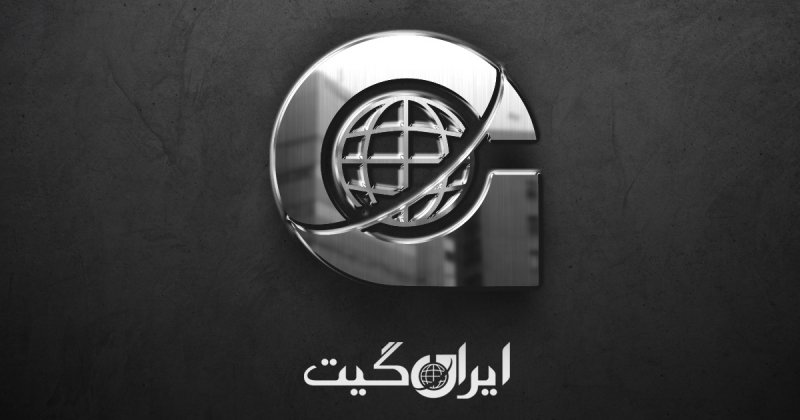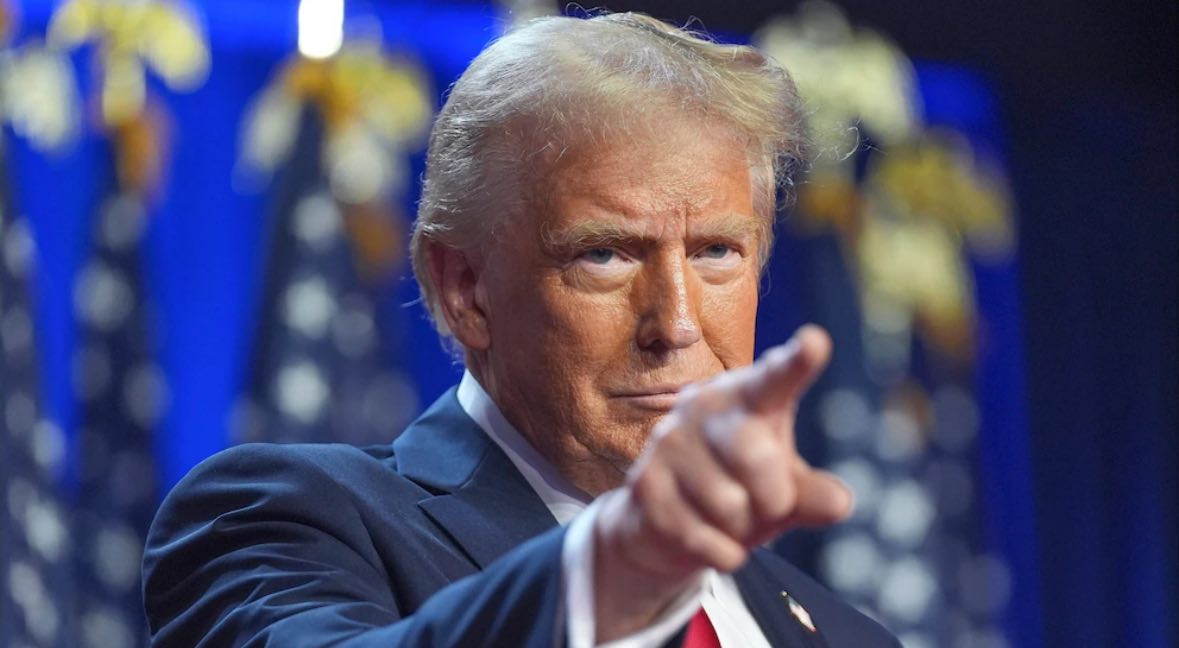Both pressure and negotiation
Both pressure and negotiation
Immediately after Donald Trump’s return to the White House, one of his first actions was to resume the maximum pressure campaign against Iran by issuing a presidential order.
Just like during Trump’s first term, the goal of this policy was to intensify economic restrictions against Iran, particularly targeting crude oil exports, to compel the Islamic Republic to change its regional behavior and nuclear ambitions.
Despite resuming pressure on Iran, Trump also signaled that he was open to diplomacy.
Emphasizing that Iran should never acquire nuclear weapons, Trump stated that he preferred to resolve this issue through negotiation rather than military action. In a notable diplomatic move, Trump sent a direct letter to Ayatollah Ali Khamenei, the leader of the Islamic Republic.
Unlike the message sent in 2018, this time Trump’s letter received a response.
This response was mediated by Oman and paved the way for three rounds of talks, with the first round held in Muscat, the second in Rome, and the third again in Muscat.
Trump’s timing for announcing these talks was also very significant.
He made the negotiations public during a joint press conference with Benjamin Netanyahu, the Prime Minister of Israel.
This action by Trump indicated a growing divergence between the priorities of Israel and the United States.
While Israel continues to emphasize preemptive military action, it seems Donald Trump prefers to first explore the diplomatic route.
However, the United States has clearly stated that the military option remains on the table.
In response to the actions of the Houthis in the Red Sea, Washington has significantly increased its military presence across the Indian Ocean and the Red Sea. This increase in forces is a signal to Tehran that the U.S. is prepared to act if necessary.
It is said that this dual strategy, which includes a combination of economic and military pressure with diplomatic contact, was something that, despite the previous firm stance of the Iranian leader rejecting any negotiation with Washington, convinced Tehran to come to the negotiating table.
However, Tehran has drawn clear red lines.
Tehran insists that it will not dismantle any part of its nuclear infrastructure and is absolutely unwilling to discuss its defensive and military capabilities.
Within the Trump administration, there remains an internal divide. The ‘America First’ camp, led by Steve Whitaker and J.D. Vance, the Vice President, supports a precise and well-planned agreement and a pragmatic approach.
In contrast, more hardline officials like Marco Rubio, the Secretary of State, and Mike Waltz, the former National Security Advisor, are advocating for maximum demands from Iran, which could hinder the progress of negotiations.
Another determining factor is Israel.
Feeling increasingly sidelined, Israel may resort to covert and overt actions that could obstruct the diplomatic process.
Israel’s actions could provoke retaliatory measures from Iran, which might undermine the negotiations.
The success of diplomatic efforts to resolve issues between Iran and the U.S. is entirely dependent on Donald Trump’s ability to manage Netanyahu and balance the goals of the U.S. and Israel.

